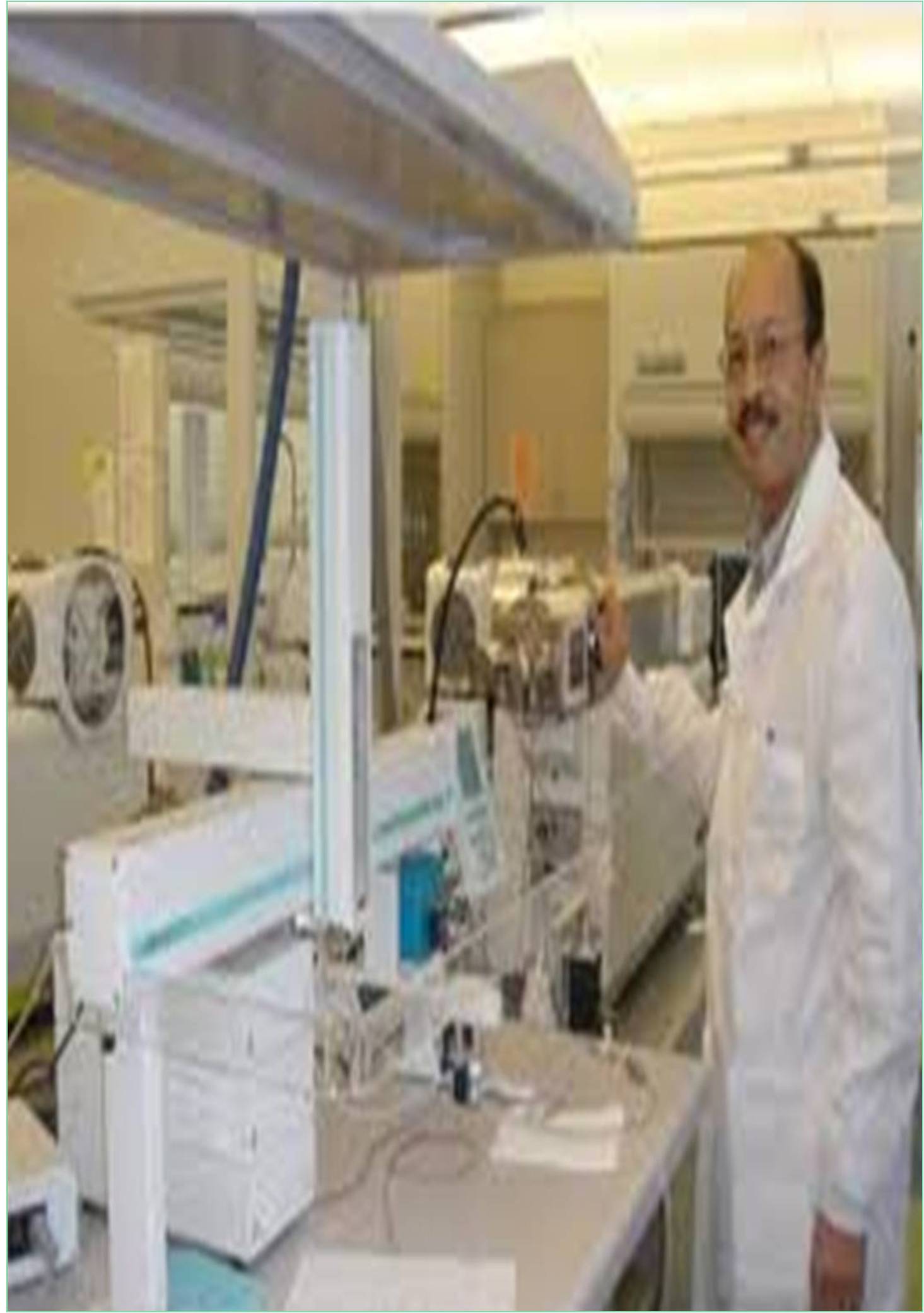



Received: 26-Jan-2022, Manuscript No. IJCB-22-60942; Editor assigned: 31-Jan-2022, Pre QC No. IJCB-22-60942 (PQ); Reviewed: 14-Feb-2022, QC No. IJCB-22-60942; Revised: 22-Feb-2022, Manuscript No. IJCB-22-60942 (R); Published: 28-Feb-2022, DOI: 10.15651/IJCB.22.7.022
Cellular trafficking is crucial to take care of critical biological functions. Mutations in 346 genes, most of them described within the last 5 years, are related to disorders of cellular trafficking. Whereas initially restricted to membrane trafficking, the recent detection of the many diseases has contributed to the invention of recent biological pathways. Accordingly, we propose to revamp this rapidly growing group of diseases combining biological mechanisms and clinical presentation into the subsequent categories: (i) membrane trafficking; (ii) membrane contact sites; (iii) autophagy;(iv) cytoskeletonrelated. We present the foremost recently described pathophysiological findings, disorders and phenotypes. Although all tissues and organs are affected, the nervous system is particularly vulnerable.
General Aspect of Cellular Trafficking and Related Diseases
The definition of cellular compartmentalization was first supported the anatomical existence of individualized organelles. Recently, it's been extended to the concept of spatial segregation of macromolecules, metabolites, and biochemical pathways connecting organellar structure and performance which must be considered both spatially and temporally. Cellular trafficking is tightly regulated machinery allowing the exchange of signals and metabolites between cellular compartments. Classically, the concept of cellular trafficking and associated diseases was limited to membrane trafficking and therefore the major communication process. Vesicular transport enables proteins in membranebound vesicles to move between the cell compartments, including the cytomembrane. Today, cutting-edge structural methods, biochemical, computational approaches, and descriptions of latest mechanisms and genes involved in these processes, pushes the understanding of cell trafficking and related diseases to unprecedented levels of complexity. The recent discovery of a brand new mechanism regarding the exchange of signals and metabolites at regions where organelles form functional contacts, ‘membrane contact sites’ along with other mechanisms of cargo moving and molecular processing like autophagy and transport along the cytoskeleton, lead us to propose a more inclusive and clinical oriented concept of ‘cell trafficking’. The amount of monogenic diseases of cell trafficking has also exponentially increased from 49 causing genes described in 2011 to 346 genes by now. The overwhelming majority of mutations cause a loss of function of transport machinery that involves many organs and systems, especially the nervous system. Monogenic diseases of cell trafficking form the most important group within the recent International Classification of Inherited Metabolic Disorders (ICIMD) and must be included in diagnostic algorithms. Most of those new disorders are documented within the past 5 years, due to the improved use of nextgeneration. Consider cell trafficking as a process restricted to membrane trafficking. So as to delineate this inclusive approach, we propose pathophysiological categories that are supported the function of the precise proteins implicated in traffic known to be involved in human disease. These categories are the following: (i) membrane trafficking (vesicular trafficking) including organelle-related; (ii) membrane contact sites; (iii) autophagy; (iv) Cyto skeleton related trafficking. In fact, although membrane vesicular trafficking encompasses all membranous vesicle trafficking including autophagy and movement of cargo along the cytoskeleton, the most objective of this categorization is to prepare the massive number of diseases included, into comprehensive clinical pathophysiological groups. This categorization can also be useful for therapeutic strategies, since specific therapies that regulate autophagy or cytoskeleton-related disorders are being currently developed. This study uses a double approach supported classic well-known mechanisms along with the foremost recent pathophysiological insights and new disorders.
The study of cell trafficking and their related disorders may be a great challenge which will probably open a replacement era of information creating networks between cell biology, biochemistry, metabolism and genetic medicine. Given the massive number of diseases and also the complex pathophysiology of the biological processes involved, we've got proposed a tentative approach aimed to link mechanisms and clinical manifestations. However, many outstanding questions are still to be revealed. How classic metabolic pathways like energy metabolism, lipid and protein synthesis and catabolism are interconnected with membrane trafficking and crucial functions like autophagy? How is transport intermediates organized at different interfaces? Most of the mutations involved in these diseases are linked to a loss-of-function, how will these fact impact possible therapeutic strategies? The good importance of cell trafficking within the system and therefore the marked vulnerability of neurons to cell trafficking defects create several questions. Specifically, the invention of biomarkers that would detect disfunctions in these pathways should allow an early diagnosis and possible personalized treatments. The longer term should introduce new Cryoem-based techniques and other highresolution imaging based approaches which will enable a deeper understanding of the cell trafficking machinery. Additionally, the prodigious expansion of genetic disorders linked to cellular trafficking defects raises the likelihood of reclassifying inherited metabolic disorders in keeping with a holistic cell physiological approach instead of the classic separation between intermediary metabolism, organelles and structural proteins. Localization of the mutated gene product, within the cell, which compartment and at which point of the threedimensional structure of each cellular structure, also will be a matter of importance to the pathophysiology and symptoms of those diseases.